Speed Training Golf
To hit the ball a long way, a golfer needs both speed and strength to produce power. Speed comes mainly from the action of Type II muscle fibers that are distributed throughout major muscle groups. There are at least two classes of Type II fibers, known as IIA and IIB. In generating speed, Type IIB muscle fibers are particularly important for generating the contractile force part of speed's stretch-shorten cycle.
The immediate source of energy for Type IIB fibers is glycogen, a glucose polymer stored in muscles that's broken down metabolically in the absence of oxygen (anerobic). Rapid anerobic breakdown of glycogen allows these fibers to contract rapidly. The action of Type IIB fibers can result in the rapid exhaustion of glycogen within a couple of minutes, then Type I aerobic muscle fibers (energy comes from oxygen metabolism) take over.
Training that strengthens and increases the amount of these "fast twitch" Type IIB muscle fibers is a major goal of speed training. It could be argued that increasing Type IIB muscle fiber performance is the holy grail of increasing golf swing speed. By emphasizing a carefully organized conditioning format known as plyometric exercise, the stretch-shorten activity of Type IIB fibers will be enhanced.
Plyometric training incorporates quick and powerful movements into exercises that increase rapid shortening of muscle fibers after an initial active stretching phase. These exercises are often simple but require optimal timing to be most effective. Plyometric training can focus on movement patterns in either the upper body or the lower body and require appropriate flexibility, strength, and posture to avoid injury.
Knowing the best way to do plyometric exercises, and working within a personalized plan is what's recommended for golf speed training. And it's good to keep in mind that the goal of speed training is speed. To hit the ball a long way, you need speed in your swing.






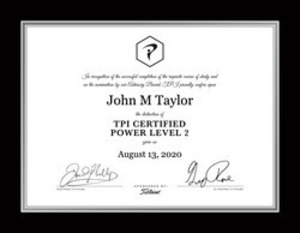




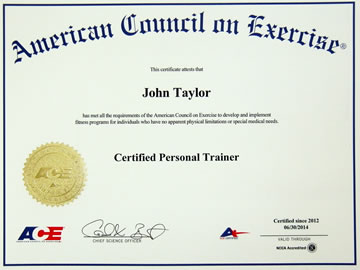
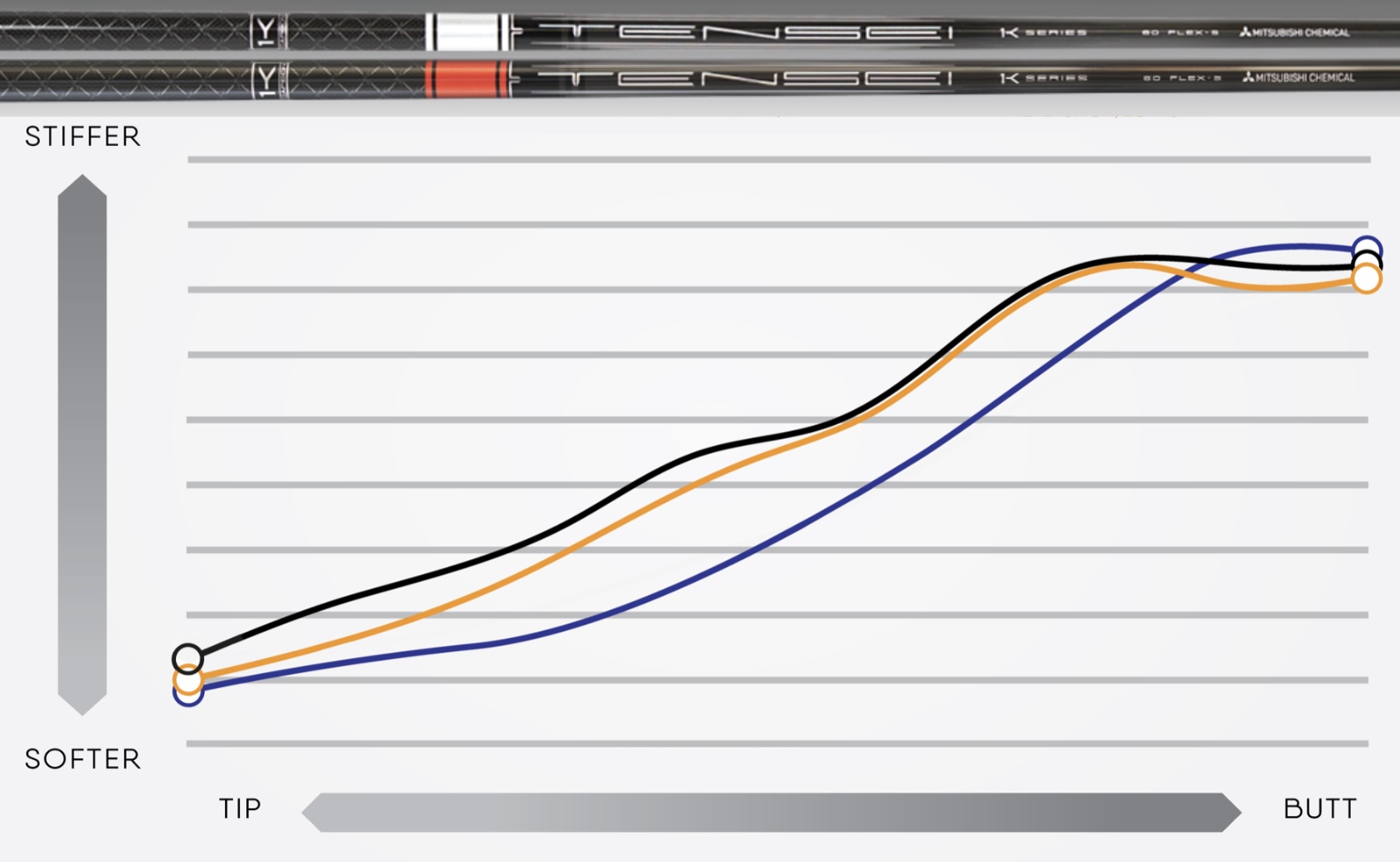
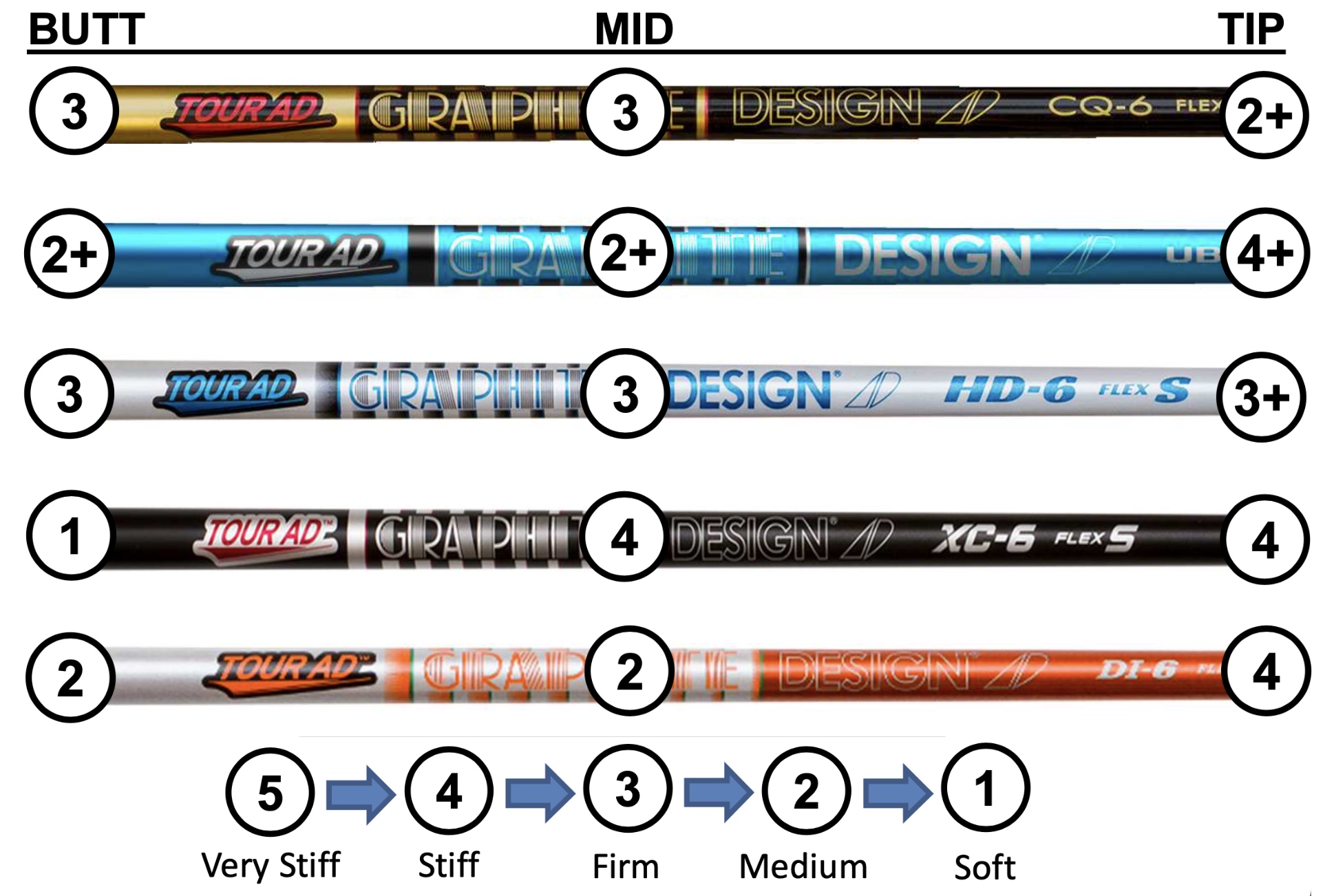













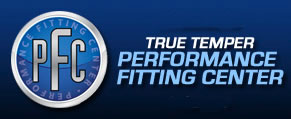

 John Taylor
John Taylor
Reader Comments